8 Foods That Work Like Ozempic to Control Your Appetite Naturally

We've all been there—staring at the pantry an hour after dinner, somehow still hungry despite eating a full meal. The battle against cravings can feel impossible to win. That's why medications like Ozempic have become so popular—they literally change how your brain responds to food.
Thomas DeLauer knows this struggle firsthand. Once overweight himself, he transformed his body using the science of nutrition and now coaches professional athletes. With over 3.68 million YouTube subscribers, DeLauer combines cutting-edge research with real-world experience to deliver practical solutions anyone can use.
"The key is understanding how your body naturally produces GLP-1, the same hormone these medications target," DeLauer explains in his post. The good news? Certain foods can trigger similar mechanisms in your body without a prescription. Add these options to your daily routine and finally take back control of your appetite—naturally.
How Ozempic Changes Your Brain's Food Perception
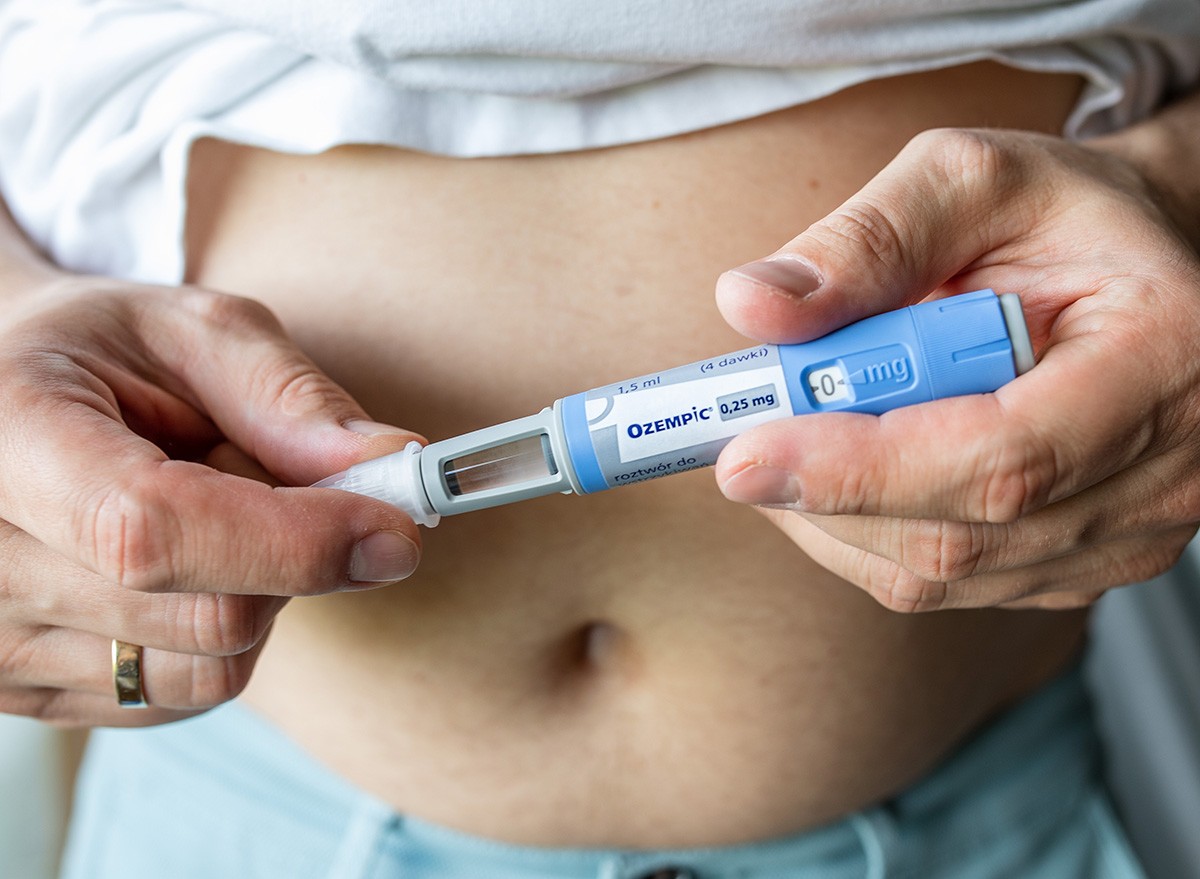
Ozempic works by mimicking GLP-1, a hormone that regulates hunger at the brain level. "It changes how we look at food, or at least how our brain sort of looks at food," DeLauer says in his post. In a study published in the journal Diabetes, researchers found something remarkable about GLP-1's effects.
"Compared to placebo, when GLP-1 was in the equation, the brain didn't even react to pictures of food the same way," DeLauer notes. Your brain literally perceives tempting foods differently when GLP-1 is present, which explains why Ozempic users often report reduced cravings.
The GLP-1 Challenge: How These Foods Help
The problem with naturally produced GLP-1 is its short lifespan. "GLP-1, when naturally released within the body, only lasts for a couple of minutes before an enzyme comes in and snips off two of the peptides on that chain and basically renders it useless," DeLauer explains. This enzyme, called DPP-4, is what we need to target.
The foods below work in two ways: some boost your natural GLP-1 production, while others inhibit DPP-4, helping your body's natural GLP-1 stay active longer. It's this two-pronged approach that makes them so effective.
Protein-Rich Foods
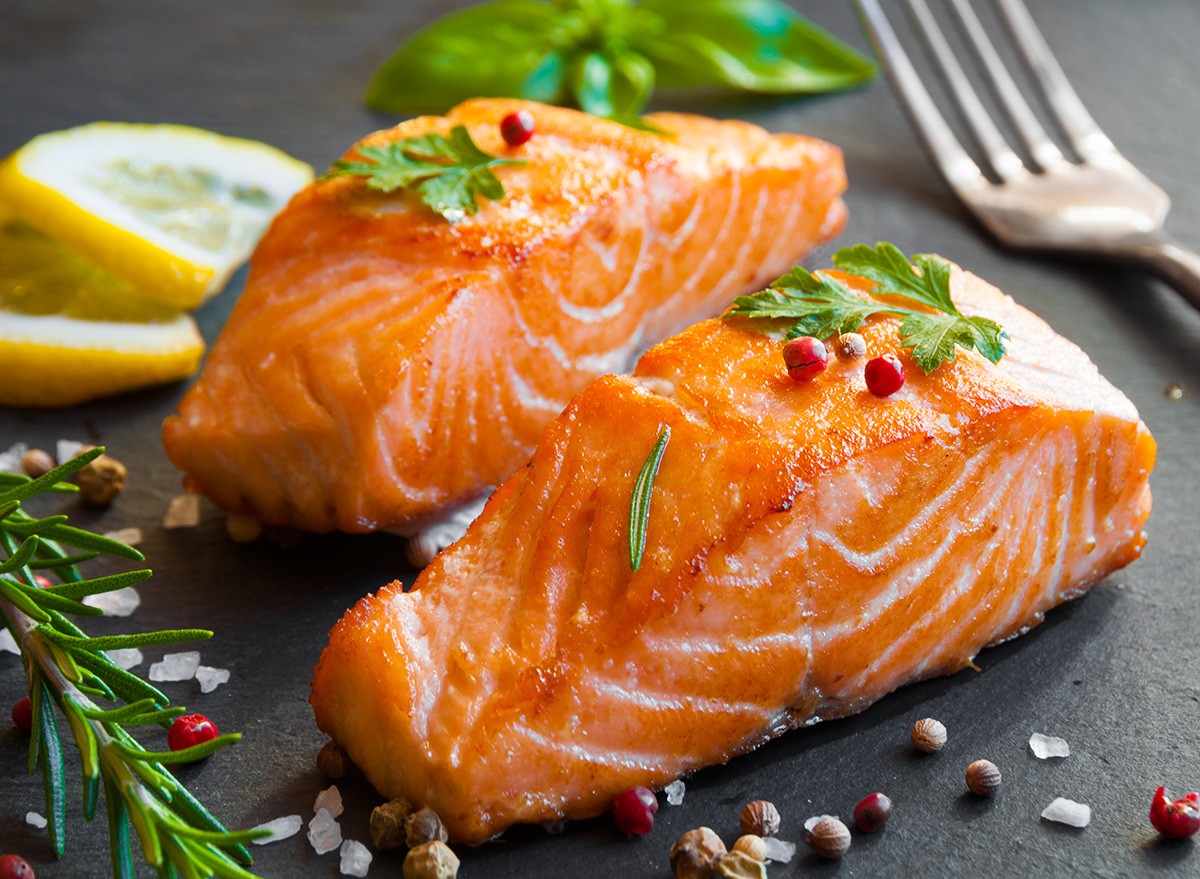
Protein is your most reliable GLP-1 stimulator. "When you consume protein, you feel so satiated. You have a pretty serious continuous release of GLP-1," DeLauer states. This explains why protein-rich meals keep you satisfied longer than carb-heavy alternatives.
Your body releases a steady stream of GLP-1 while digesting protein, sending continuous signals to your brain that you're full. Make protein the centerpiece of every meal for natural appetite control that mimics Ozempic's effects.
RELATED: 15 Things to Know Before Requesting Ozempic for Weight Loss
Soluble Fiber Sources
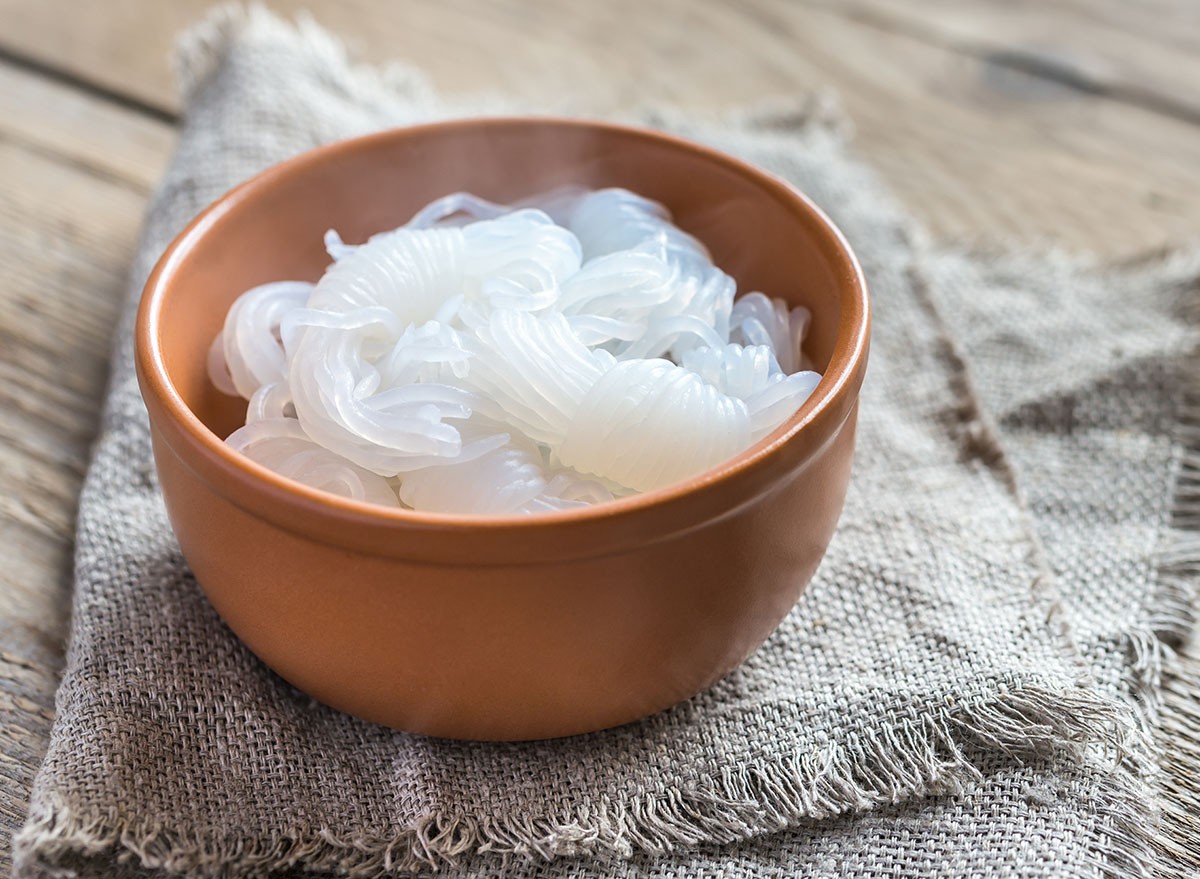
Soluble fiber works alongside protein to boost GLP-1 levels. "Fiber is really important, particularly soluble fibers," DeLauer emphasizes. These fibers slow digestion and create a physical feeling of fullness while simultaneously triggering GLP-1 release.
"Glucomannan fiber, like shirataki noodles, huge effect there," DeLauer adds. These zero-calorie noodles are nearly pure soluble fiber, making them an ideal addition to meals when you're trying to manage hunger naturally.
Allulose Sweetener
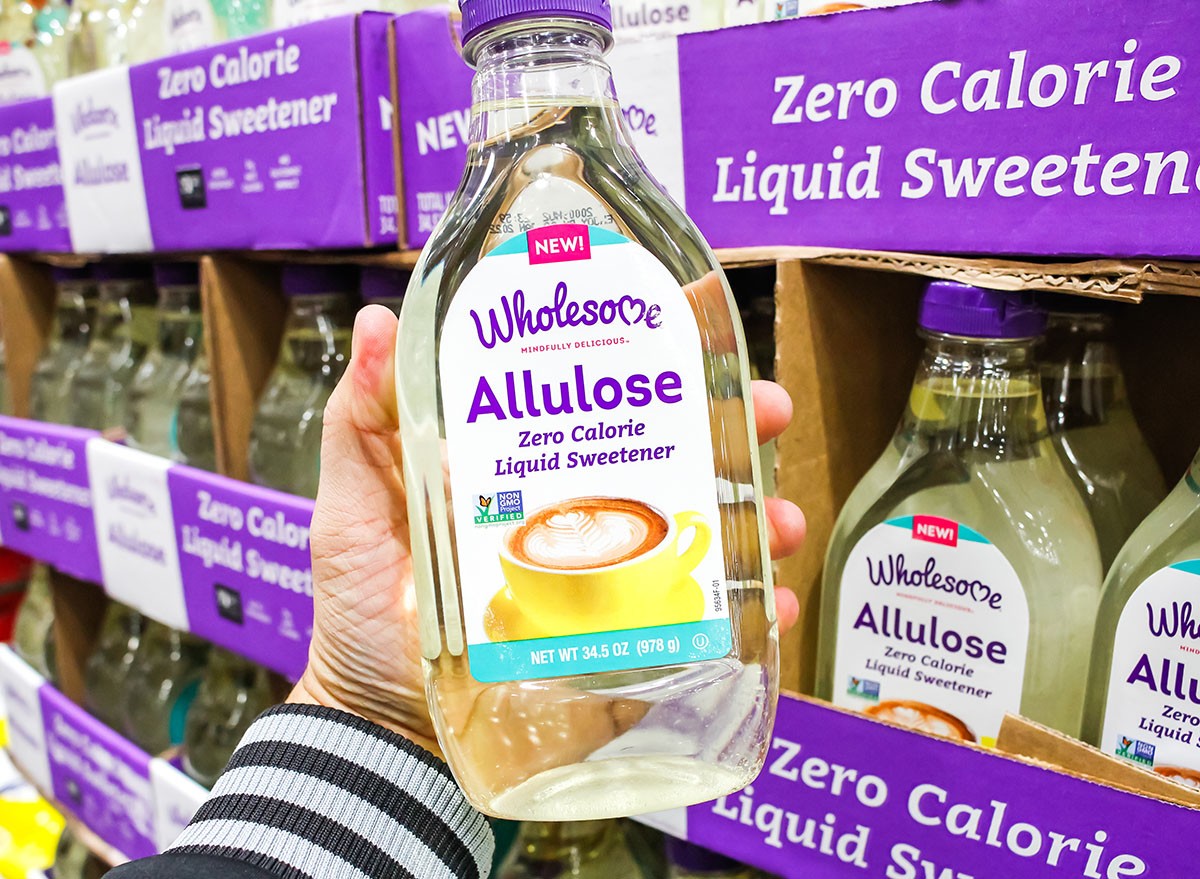
Unlike other sweeteners that can trigger cravings, allulose actually helps control appetite. "Allulose is one of the most potent stimulators naturally of GLP-1," DeLauer reveals. This makes it uniquely valuable for anyone trying to satisfy a sweet tooth without sabotaging hunger control.
"You could take a tablespoon of the stuff just to curb your appetite," he suggests. Use it in coffee, baking, or even take it straight for a quick appetite reset between meals—a natural way to get some of the same benefits as Ozempic.
Sacha Inchi Seeds
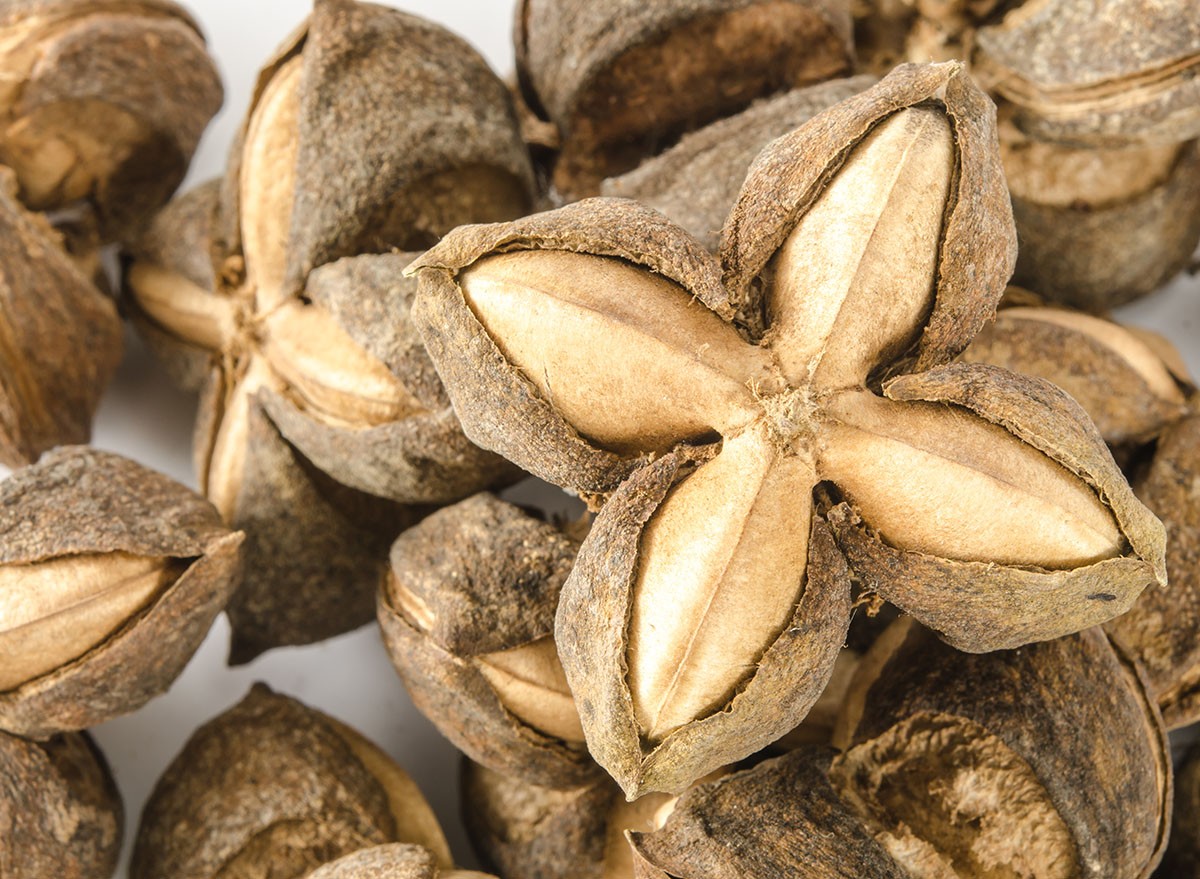
These little-known seeds offer a powerful combination of benefits. "The protein in a Sacha Inchi seed releases 10 different peptides when you consume it that actually inhibit DPP-4," DeLauer explains. This means they not only stimulate GLP-1 production but also prevent its breakdown.
"I just recommend eating straight up Sacha Inchi seeds. They're high in fiber, zero net carb anyway," he adds. Keep a small bag handy for a convenient hunger-fighting snack that works on multiple levels.
Citrus Fruits and Peels
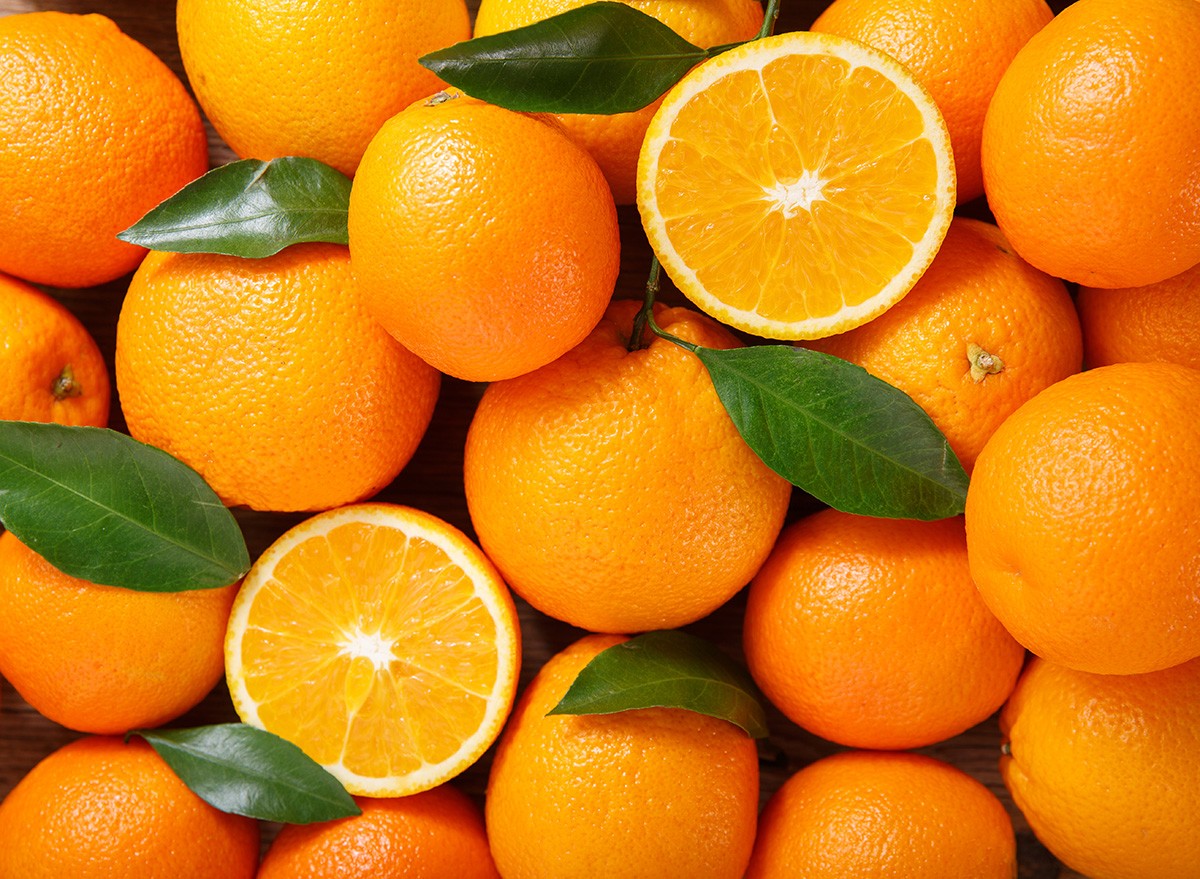
The humble orange peel contains powerful compounds for appetite control. "There's something called malvidin in citrus. So, citrus in general, along with the actual peel itself, has a pretty strong DPP-4 inhibition effect," DeLauer says.
His practical suggestion? "I would recommend zesting some oranges and putting it in something." Add citrus zest to your water, tea, salad dressings, or protein shakes for an easy DPP-4 inhibitor boost that helps your GLP-1 stay active longer.
RELATED: 20 Possible Ozempic Side Effects
Grapes with Seeds
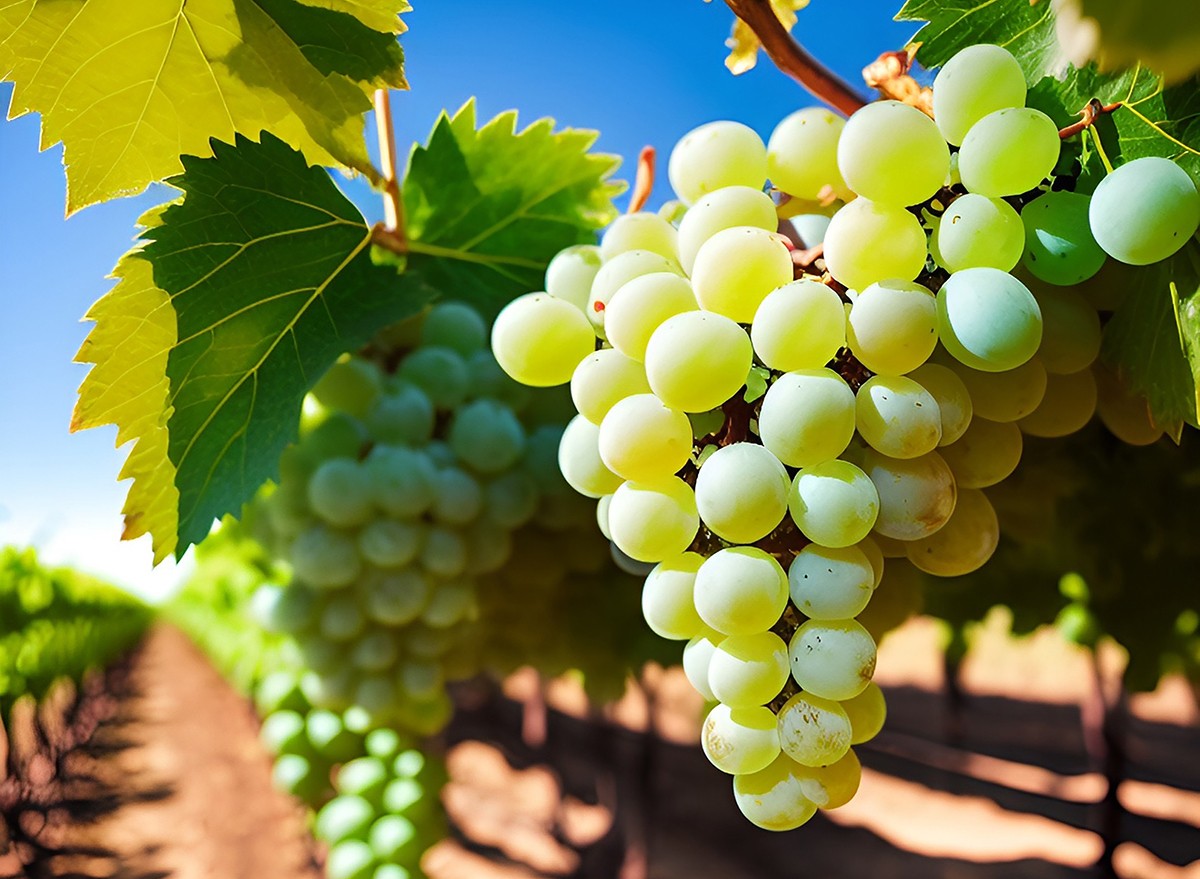
Don't reach for seedless grapes if you're trying to control hunger. "Grape seeds have a strong DPP-4 inhibition effect," DeLauer points out. The seeds contain compounds that help your natural GLP-1 stay active longer.
"I like the grapes with the seeds because they're not adulterated and twisted up anyway," he adds. The combination of fiber, natural sugars, and DPP-4 inhibitors creates a powerful appetite-controlling snack that works similarly to how Ozempic keeps GLP-1 active.
Shellfish and Mollusks
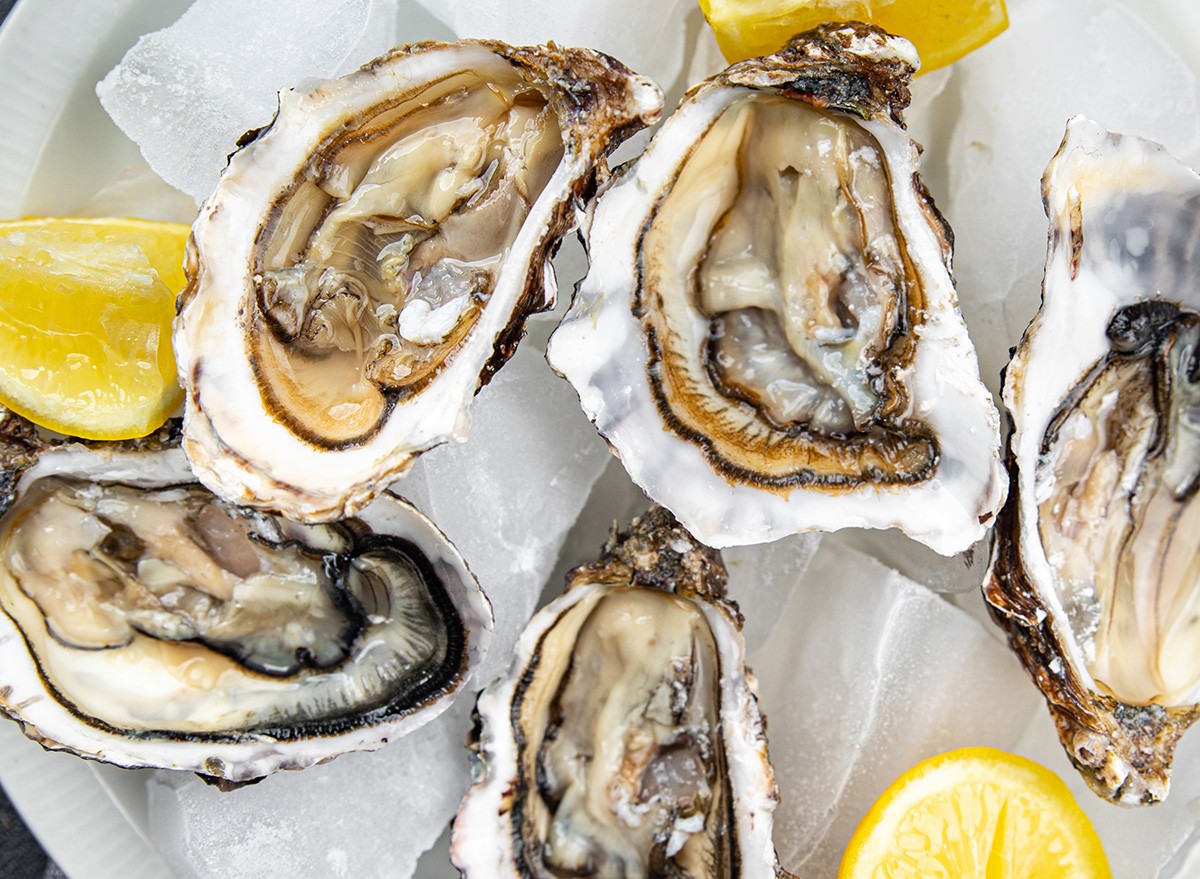
Seafood lovers will appreciate this next tip. "Mollusks—so eating clams or eating oysters or eating mussels—have actually a very strong DPP-4 inhibition effect," DeLauer reveals. These shellfish help your GLP-1 stay active longer in your system.
While eggs provide similar benefits, "Eggs also, just not quite as strong as mollusks," he notes. Consider adding more shellfish to your meal rotation for better appetite control that mimics how Ozempic works.
RELATED: What Happens to Your Body When You Stop Taking Ozempic
Curcumin (Turmeric)

For a truly powerful natural approach, look to turmeric's active compound. "Curcumin has an effect on DPP-4 inhibition for 24 hours. And it doesn't just sort of downregulate it. It can actually really inhibit it," DeLauer explains.This makes curcumin perhaps the most potent natural DPP-4 inhibitor available. For maximum benefit, DeLauer suggests: "Put a teaspoon of curcumin in a protein shake. You're barely going to taste it." This combination gives you both increased GLP-1 production and extended activity—the same mechanisms that make Ozempic effective, but through natural foods. And if you enjoyed this article, take advantage of these 15 Quick Ways to Lose Body Fat Percentage in a Week.




